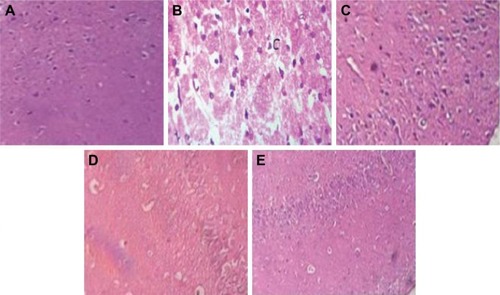Figures & data
Figure 1 Protective effects of baicalein and rivastigmine on the levels of activity in AD-induced rats in activity cages.
Abbreviations: AD, Alzheimer’s disease; SE, standard error.
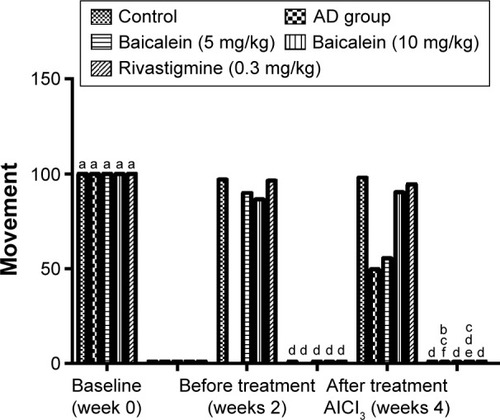
Figure 2 Protective effects of baicalein and rivastigmine on the time taken to find the food in the T-maze by AD-induced rats.
Abbreviations: AD, Alzheimer’s disease; SE, standard error.
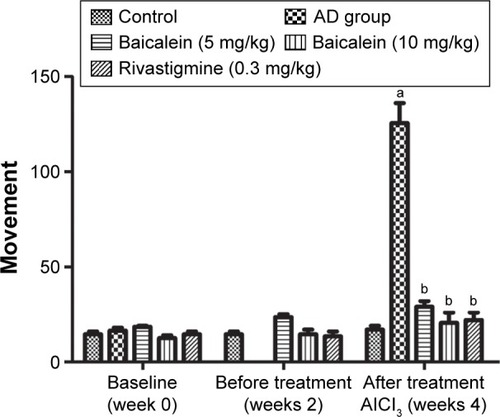
Figure 3 Protective effects of baicalein and rivastigmine on the time spent on the rotarod by AD-induced rats.
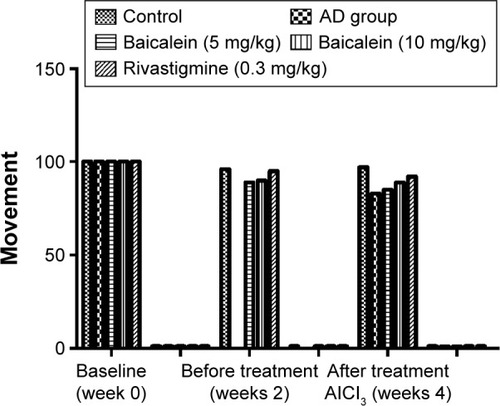
Figure 4 Protective effects of baicalein and rivastigmine on brain levels of (A): acetylcholine and (B): acetylcholinesterase in AD-induced rats.
Abbreviations: AD, Alzheimer’s disease; SE, standard error.
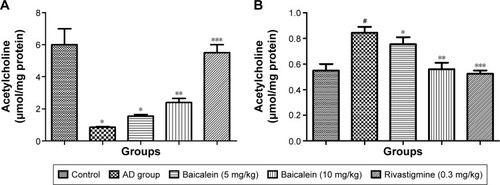
Figure 5 Protective effects of baicalein and rivastigmine on the levels of activity in AD-induced rats in activity cages.
Abbreviations: AD, Alzheimer’s disease; SE, standard error.
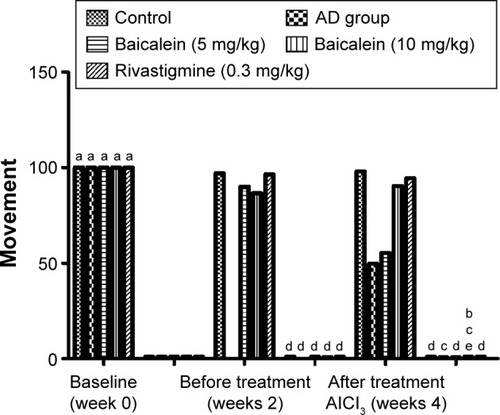
Figure 6 Protective effects of baicalein and rivastigmine on the time taken to find the food in the T-maze by AD-induced rats.
Abbreviations: AD, Alzheimer’s disease; SE, standard error.
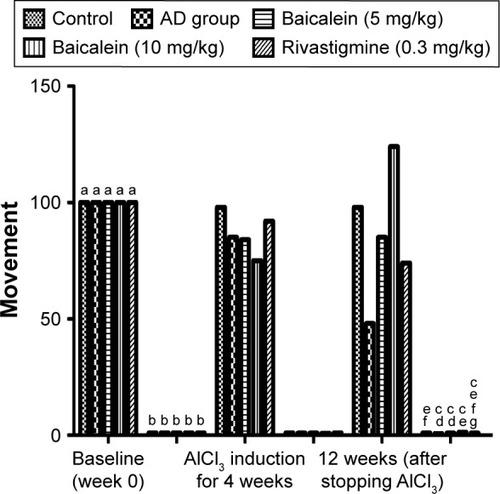
Figure 7 Protective effects of baicalein and rivastigmine on the time spent on the rotarod by AD-induced rats.
Abbreviation: AD, Alzheimer’s disease.
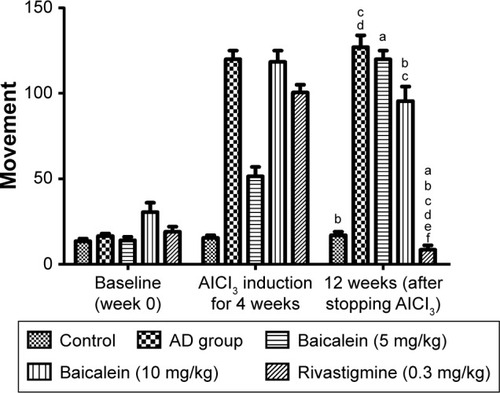
Figure 8 Protective effects of baicalein and rivastigmine on brain levels of (A) acetylcholine and (B) acetylcholinesterase in AD-induced rats.
Abbreviations: AD, Alzheimer’s disease; SE, standard error.
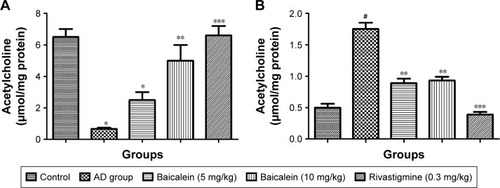
Figure 9 The expression of APP, β-secretases, γ-secretases, β-actin, and Aβ1–42 compared to control.
Abbreviations: AD, Alzheimer’s disease; APP, amyloid precursor protein.
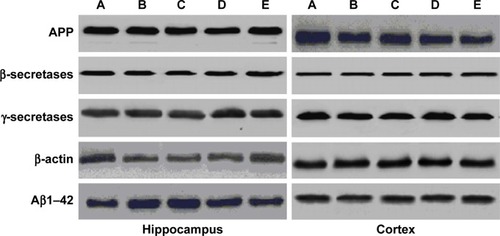
Figure 10 (A) Image of the brain section of a control rat showing normal histological structure of the hippocampus. (B) Image of the brain section of an Alzheimer’s disease-induced rat’s plaques formation. (C) AD group treated with baicalein (5 mg/kg). (D) AD group treated with baicalein (10 mg/kg). (E) AD group treated with rivastigmine (0.3 mg/kg). The tangle appears as a long pink filament in the cytoplasm (hematoxylin and eosin, 10×).
